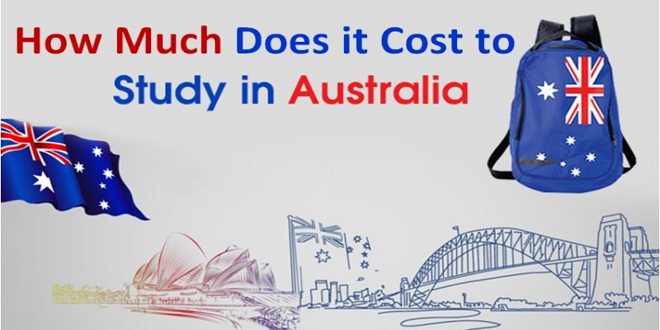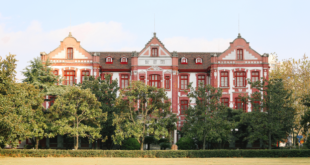How much does it cost to study in Australia for a year? This article will tell you.
1. Tuition fees
Australia is one of the most popular destinations for university study, but along with the UK and the US, it is also one of the most expensive study destinations.
However, regions vary widely and it is worth exploring all avenues before ruling out studying in Australia. For example, international students can pay their fees up front before the semester starts, which can help with budgeting during the semester.
International undergraduate students can expect to pay A$20,000 to A$45,000 per year. In Australia, an undergraduate degree lasts 3 to 4 years. The cost of a master’s degree is A$22,000-50,000.
Veterinary and medical degrees cost much more than this. Taking the Australian National University as an example, the annual fee for a Bachelor of Arts is AU$38,400, and the annual fee for a Bachelor of Medicine is about AU$51,360.
Fees in Australia are generally calculated per unit, not per year. Most students will study a combination of units in different frequency bands, each of which belongs to a different frequency band and costing – so all students pay a different amount each year.
As in many other countries, domestic students will pay far less to study in Australia than international students. The fees that domestic students are required to pay are capped, subsidized by the government, and many students are eligible for the Higher Education Loan Program (HELP).
2. Accommodation costs
Accommodation costs (rent, etc.) vary by type and region: renting is much cheaper in remote areas such as Western Australia and the northern states, while more prosperous areas, such as Sydney, Melbourne, can be more expensive.
On-campus accommodation is generally AU$440-1100 per month, homestay accommodation is AU$450-1200 per month, and shared housing is AU$380-850 per month.
3. Other expenses
In addition to rent, you also need to pay other expenses such as water and electricity. Average gas and electricity bills are $50-100 per month, internet is $70-120 per month, and council taxes (water/sewage/garbage management fees) are $50 per month, shared by tenants.
In order to obtain an Australian study visa, applicants need to prove that they have $21,041 per year in living expenses alone, which can be paid for one to two years. Be sure to check the terms of your student visa, as some types of visas prohibit students from working while studying.
Overseas Student Health Cover (OSHC) is mandatory and generally costs $500 a year. However, the insurance purchased by different medical institutions and students will vary.
Students may be charged a Student Services and Amenities Fee (SSAF) in addition to tuition fees – this is a non-academic fee to fund services and support programs available to all students. This fee varies by university and region, but is usually around $300 per academic year. You will also need to prove that you have booked a flight back to your home country after your study period.
The budget for books and academic supplies is estimated at A$500-1000 per year.
Some universities provide students with free private transport systems, and depending on the state, there are many preferential schemes (Queensland, South Australia, Melbourne all provide students with transport subsidies).
Without discounts, a weekly public transport ticket costs $30-$60 and a one-way ticket is $4. Cycling is also a popular means of transport in urban university areas, especially Melbourne. A litre of petrol costs an average of $1.19.
4. Food and Beverage
The average cost of a meal in an Australian restaurant is $18, the average movie ticket is $14 and gym memberships average $65 a month. The cost of a night out varies by location, but can range from $50-$60.
5. Financial support
Can international students get financial support? Scholarships and grants are available to international students, but in limited numbers. These scholarships and grants tend to be applied for graduate students rather than undergraduates — although this imbalance is slowly changing. Most scholarships are based on academic merit rather than financial need.
Most scholarships are offered directly by the universities themselves, which are listed on their websites.
There are established scholarship programs available for international students, such as the Australia Awards, which are funded by the Australian Government and cover full tuition, travel and some living expenses. Destination Australia is also a scholarship that international students can apply for.
Also, as a student, an ISIC card is well worth applying for as the cost of living and entertainment options in Australia are expensive. The card is an internationally recognised proof of student status and costs $30 with 20 per cent off restaurants and cafes, cinema tickets from $11.50, 5 per cent off groceries, fuel and alcohol and 40 per cent off international airfare.
 Masstamilan24.com
Masstamilan24.com





